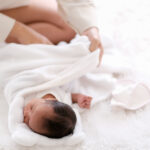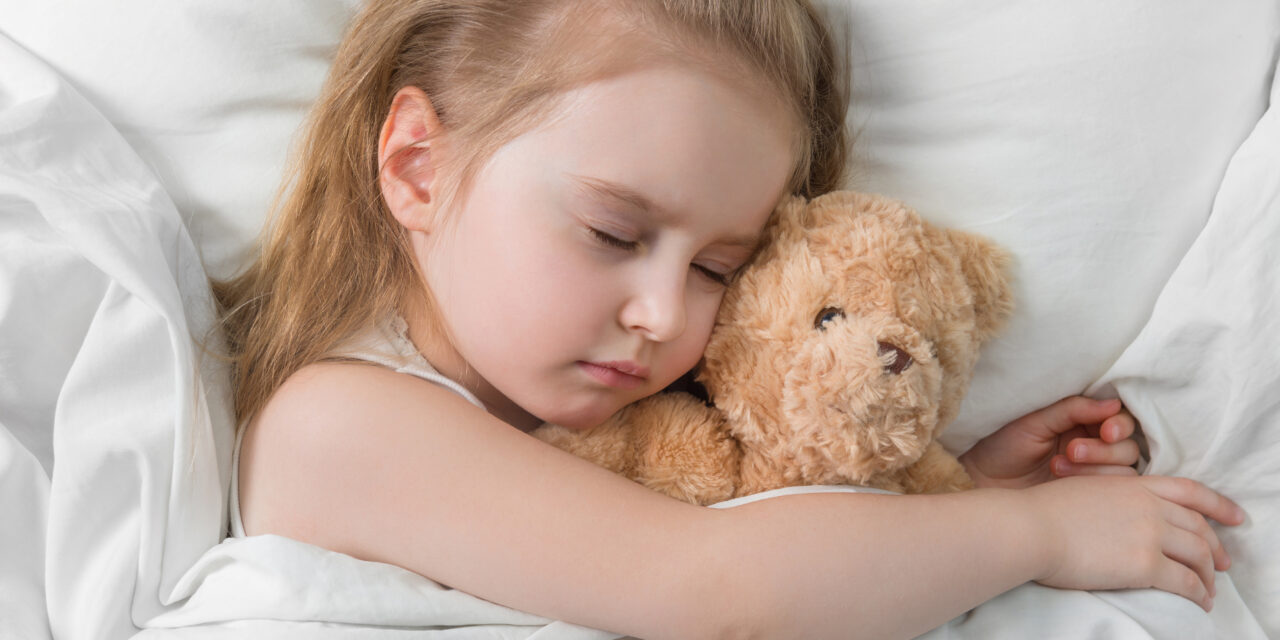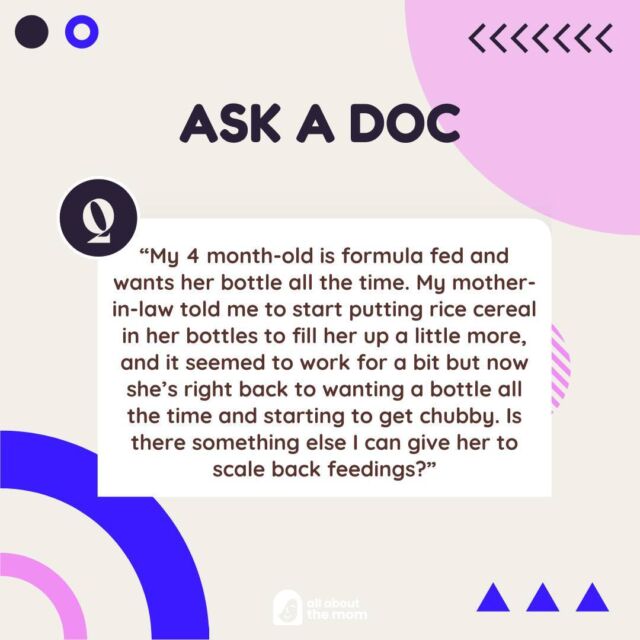Circadian Rhythms are physical, mental, and behavioral changes that follow a roughly 24-hour cycle.
Our circadian rhythms are set primarily by light and darkness as well as cues in our environment such as noise and temperature. Circadian rhythms are not the same thing as biological clocks, but they are related. Our biological clocks drive our circadian rhythms.
Sleep windows
Sleep windows are the natural time to sleep when our body pumps out calming melatonin. If we miss our child’s sleep window, instead of producing melatonin, his body will send out a rush of cortisol, a stress-related hormone that produces the effect often referred to as “the second wind.”
If our babies and children stay up past their sleep window, they may have a harder time going to sleep, may wake more at night, and wake up earlier in the morning. This can lead to poor naps the next day, and then a vicious cycle continues.
Sleep cues
Sleepy cues are signs we witness in our little ones that tip us off to their sleep windows. These may include eye rubbing, yawning, slowed activity, zoning out, whining, fussing, loss of interest in people and toys, etc. Often, when we are seeing the sleepy cues, the window is already starting to close and moving their bedtime or naptime earlier is in order.
Quality and quantity
Children need to get the right amount of sleep and the right kind of sleep. After the first 8 weeks, babies need sleep in a crib or bed instead of in a car, swing, or stroller. This is so they can have motionless sleep that allows them to get into the still, deep sleep they need for necessary brain restoration.
Tip: We sleep better, and we feel better – more restored – if we go to sleep around the same time each night and wake up at about the same time each morning. This is true for adults and children alike.
















